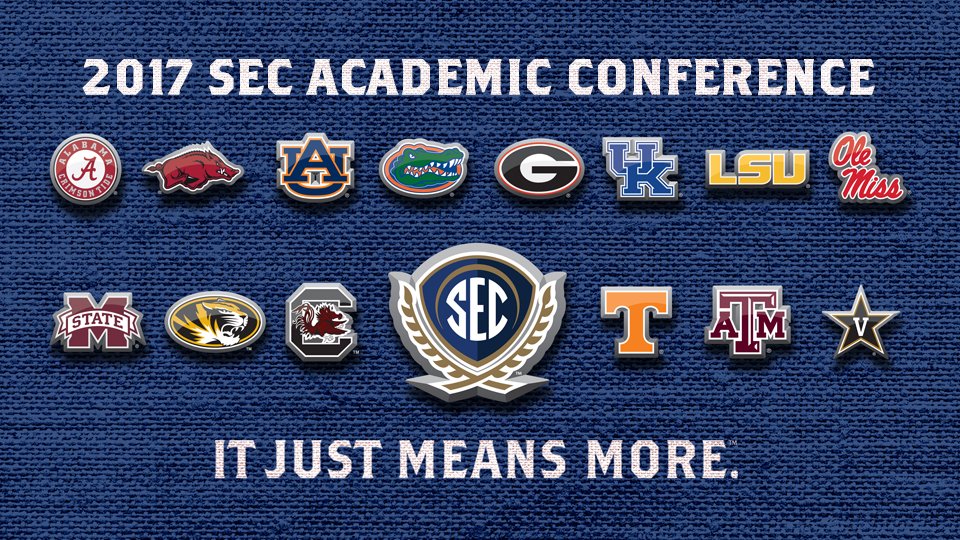Over the course of middle school, academic standards and expectations naturally progress and students must meet the increasing demands. Among all the reasons that a student could possibly have difficulty meeting such demands, I’ve often learned “processing speed” is the culprit. The book Bright Kids Who Can’t Keep Up provides both a thorough understanding of processing speed and practical approaches to support students who are adversely affected by it.
From the author’s work with Learning and Emotional Assessment Program (LEAP) out of Massachusetts General Hospital, the book indicates that 77% of children with processing speed deficits were currently receiving formalized IEP or 504 support, further indicating the overwhelming impact processing speed has on academic progress.
The book explains processing speed as an executive functioning skill, making it analogous to the engine of a car; having a more powerful and/or efficient engine will allow the car to move faster and/or run more efficiently. Processing speed has implications for a child’s home environment, social life, and emotional stability/well-being. This book struck a chord with my parental lens with the following passage:
Studies have shown that when family members argue, both volume and rate of speech increase dramatically - as much as two to three times - which should be no shock to anyone who’s had a passionate discussion or disagreement with someone.
This speaks to the patience that is necessary in supporting children with processing speed issues, and how a lack thereof can only dramatically exacerbate frustrating situations.
Further to this end, I did find this book to likely be more valuable for parents than for educators (though it is by no means not valuable for educators :) It really confronts the more intimate issues relative to processing speed issues, but does a great job of offering practical strategies to manage them. Thematically weaved into the book is the strategy of implementing the “Three As”: Accept, Accommodate, and Advocate.
In my professional role of supporting students, this book boosted my confidence and thickened the context by which I can have these types of conversations with families. I recommend it both to anyone just entering, or in the thick of these types of conversations.
